At first glance, you’d be forgiven for thinking that all tennis balls are identical. But that’s far from the truth. Tennis balls vary from one type to another, offering different benefits depending on the playing surface, game type, and player preference.
Read on to explore the various types of tennis balls and what makes them different, as well as for an overview of the global tennis ball market.
Table of Contents
A summary of the global tennis ball market size
3 classes of tennis balls
7 types of tennis balls for different purposes
Bottom line
A summary of the global tennis ball market size
According to Verified Market Reports, the tennis ball market will grow at a 5.3% CAGR to be worth USD 1.726 billion by 2027. Tennis is the most popular it’s ever been, with people around the world attracted to its dynamic play and multitudinous health benefits – all primary factors in the market’s growth.
North America boasts 40% percent of the global market, worth approximately USD 568.20 million in 2023. Experts project this to rise at a CAGR of 3.8% between 2023 and 2030 due to the increasing number of recreational players and professional tournaments. The US specifically has the largest share of the market, with an estimated 23 million tennis players in the country.
The European market is also growing fast, thanks to the rising number of tennis academies and clubs in the region. About 30 percent of the global market exists here, valued at USD 426.15 million in 2023, with an expected CAGR of 4.1% between 2023 and 2030.
3 classes of tennis balls
Tennis balls come in three different classes. Here’s a quick breakdown of each one and their differences.
| Class | Description | Examples |
| Entry level | These tennis balls mostly feature synthetic fibers. Manufacturers also make them using a needle-punch construction technique. | – Penn Bucket Pressureless – Prince Pressureless |
| Championship | These tennis balls feature more synthetic fibers with a mix of natural wool. Manufacturers also make them with needle-punch construction. | – Wilson Championship – Penn Championship |
| Premium | These tennis balls use more natural wool and woven felt over synthetic fabric. They are more durable, resilient, and consistent. | – Tecnifibre Court – Dunlop ATP – Wilson US Open – Pro Penn Marathon |
7 types of tennis balls for different purposes
1. Extra-duty balls
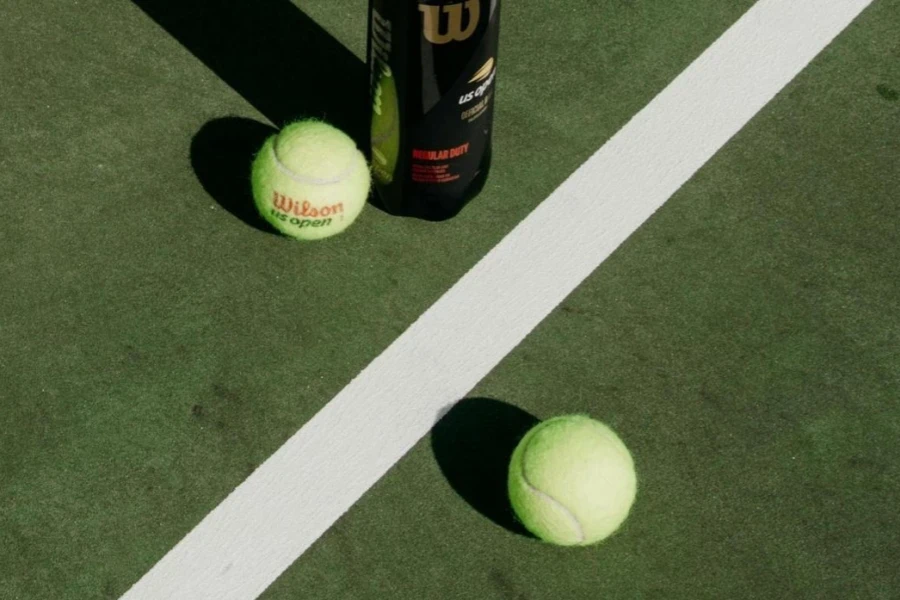
Extra-duty (or XD) tennis balls are the most durable type of ball thanks to their incredibly thick felt. This durability makes them perfect for play on surfaces like concrete, asphalt, and other hard courts and can last a long time, even on these demanding surfaces. They’re also great for advanced players.
Although extra-duty tennis balls have impressive durability, they are slower than their regular-duty counterparts. Manufacturers also pressurize these balls, meaning they can lose their bounce after frequent use.
Searches for extra-duty tennis balls grew by 50% since the beginning of 2024, from 390 searches in January to 720 in July.
2. Regular-duty balls
Unlike extra-duty variants, regular-duty tennis balls don’t feature much felt. Hence, they are better suited for slower, softer surfaces like clay and grass courts. These courts absorb most of a regular tennis ball’s impact, so they won’t bounce as high or as fast as their extra-duty cousins.
However, reduced felt means that they tend to remain compact (less fluff on the exterior) for longer, maintaining their speed and helping to balance out the naturally slow nature of clay courts.
Regular-duty tennis balls are best suited for indoor courts or lawn tennis matches, and while they can work on outdoor courts, they’re likely to degrade faster. They are also pressurized and will become less bouncy over time.
According to Google data, regular-duty tennis balls attracted 170 searches in March and April, growing to 260 searches in June and July – a 20% increase over four months.
3. Pressureless balls
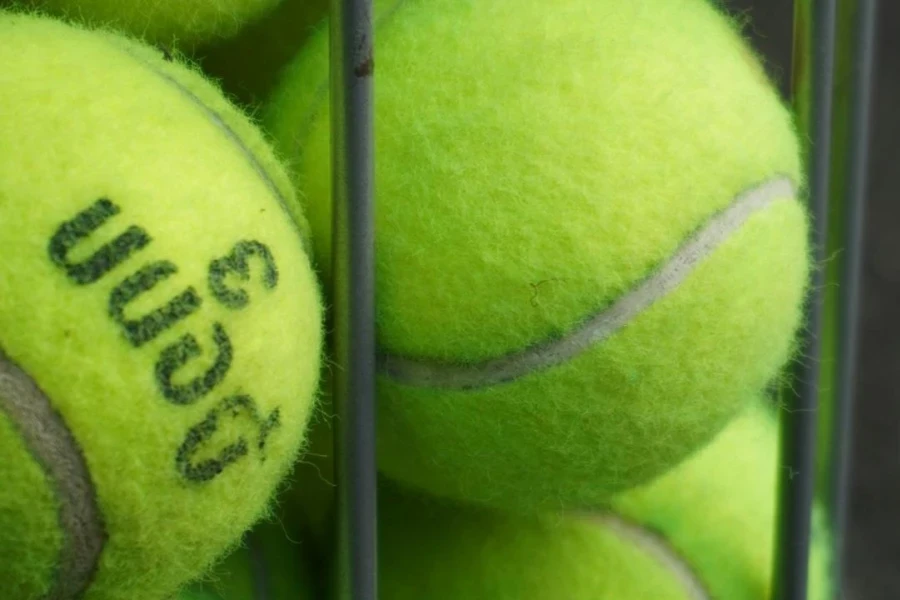
While extra-duty and regular-duty tennis balls tend to be pressurized, beginners, recreational players, and trainers will most likely want pressureless balls because they keep their bounce longer.
Pressureless tennis balls don’t feature a compressed-air core. Instead, they have thicker walls, often making them harder and heavier than their pressurized counterparts. For this reason, playing with pressureless balls can be more taxing.
According to Google data, these tennis balls saw a 50% increase in seven months, going from 1,900 searches in January 2024 to 3,600 searches in July.
4. High-altitude balls
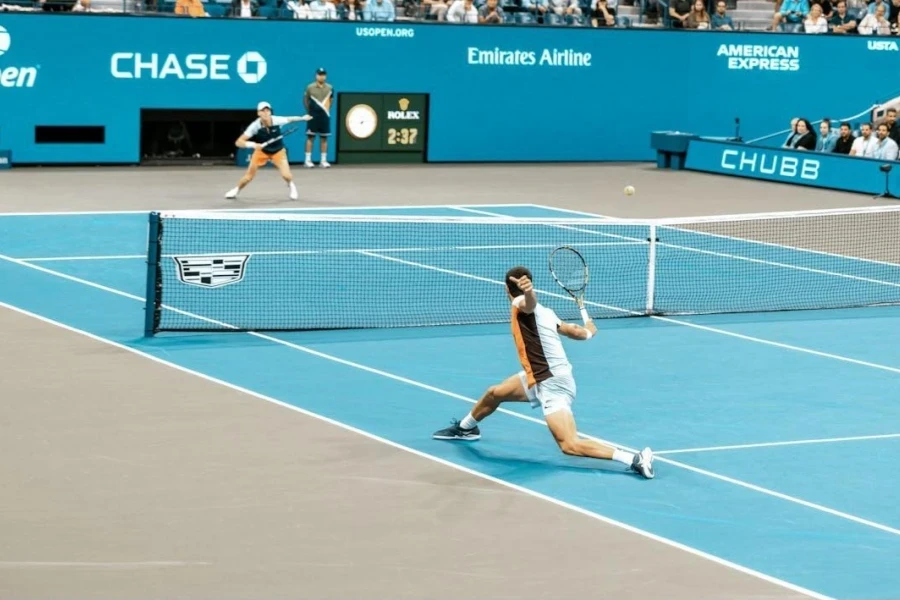
As their name suggests, these balls are for use at altitudes above 4,000 feet. Since the air pressure in such regions is significantly greater, the balls used need lower pressurization, providing a more normal playing experience.
According to Google data, high-altitude tennis balls attracted 480 monthly searches in June and July 2024., growing by 40% from 320 searches in January and February.
5. Junior red balls
Retailers can also stock training tennis balls for inexperienced players. Red tennis balls are the first option to consider. They are incredibly soft and fly 75% slower than hard balls, making them ideal for younger players and beginners.
They also have a maximum bounce of around 1 meter, meaning junior red balls are mostly effective on shortened mini tennis courts (such as ¼ courts).
According to Google ads data, searches for junior red balls surged from 8,100 in February 2024 to 12,100 in June. However, they dropped to 9,900 searches in July 2024.
6. Junior orange balls
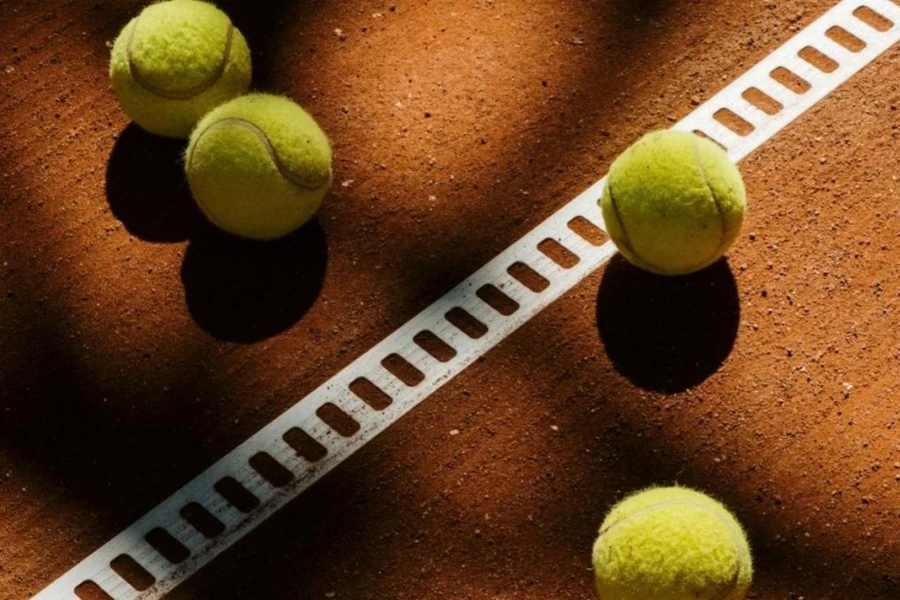
Orange tennis balls are 50% slower than regular balls and can reach a 105 to 120cm bounce height. They are perfect for training players to handle faster shots and practice moves on the court.
Junior orange balls are best used for users between 9 and 12 years old on medium-sized or midi tennis courts with large nets.
They raked in a respectable 2,900 searches in July 2024, growing from 1,900 in February.
7. Junior green balls
Green balls are the last option for tennis training balls. They can reach a 120-135cm bounce height and are 25% slower than hard balls. Green tennis balls are best for teaching learners how to move and return balls on a full court before upgrading to official balls. For this reason, green tennis balls are better suited for players over 10 years old.
According to Google data, these tennis balls registered 3,600 average monthly searches in 2024, increasing to 4,400 in June and July.
Bottom line
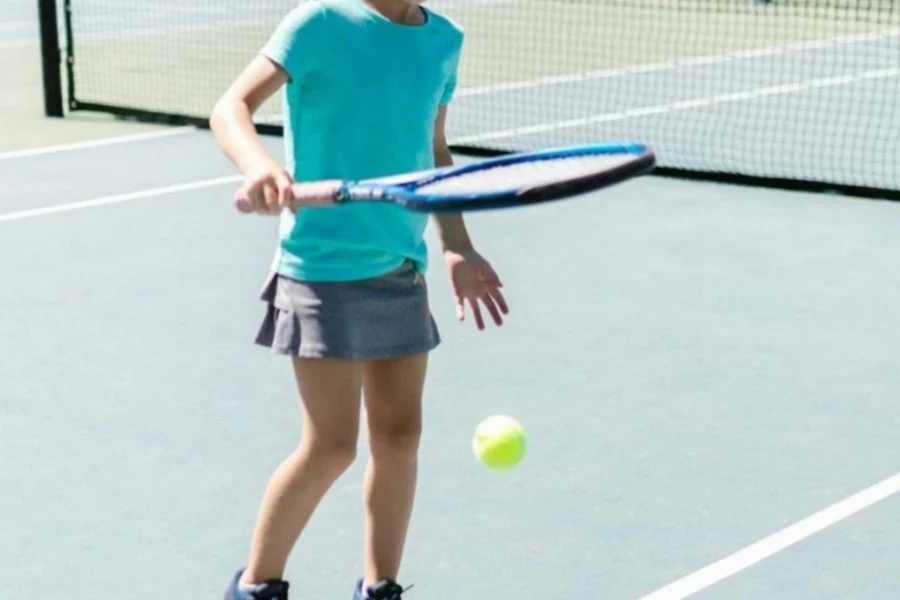
Tennis balls may look alike, but they vary widely in use and feel. Class and purpose determine how and the type of court consumers can use them, with extra- and regular-duty tennis balls, for example, having premium and champion variants that work best on hard and soft courts, respectively.
On the other hand, junior and pressureless balls are perfect for training, significantly influencing the overall playing experience.
For more tips on the latest sports products and trends, make sure to subscribe to Alibaba.com Reads.




